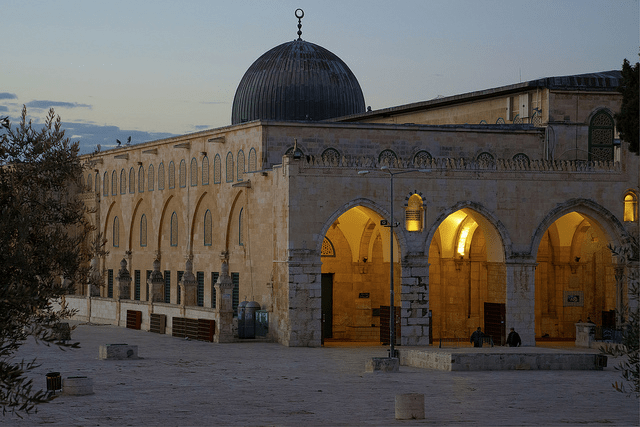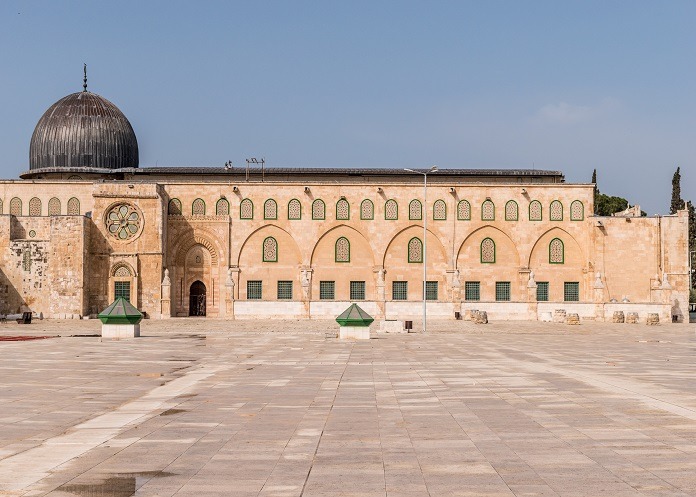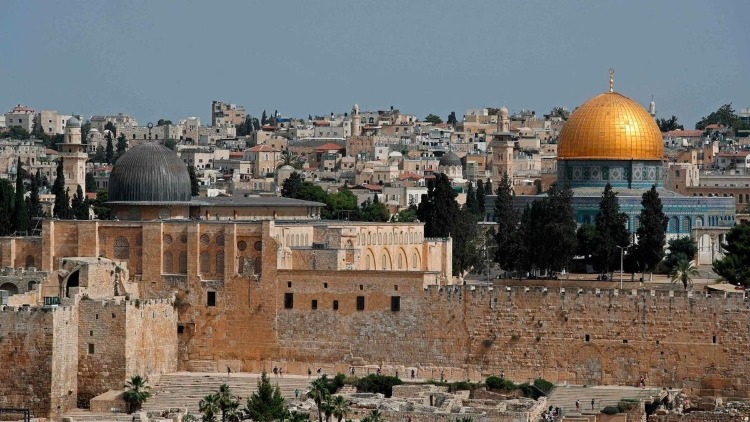As lockdown begins to ease across the world, Jerusalem’s Al-Aqsa Mosque reopened its doors to the public after more than two months of closure in efforts to curb the spread of the COVID-19 pandemic. However, worshippers are expected to wear face masks and abide by all the safety procedures and social distancing rules previously set by the World Health Organization (WHO).
Located in the city of Jerusalem, Al-Aqsa Mosque has long been significant to the three Abrahamic religions due to its history and location. It is also the place where the popular Islamic Scholar Abu Hamid Al-Ghazali wrote major parts of his work. Here are some of the most interesting facts about one of the holiest Muslim sites in the world.
The name Al-Aqsa means ‘farthest mosque’

This name is a reference to the “Night Journey” that Prophet Mohammad is believed to have made from Mecca.
Al-Aqsa was the first qibla for Muslims

The mosque is considered the first qibla (direction) as Muslims believe that Prophet Mohammed used to pray facing it.
It is the third holiest site for Muslims

After the Kaaba in Mecca, and Al-Masjid Al-Nabawi (The Prophet’s Mosque), Al-Aqsa Mosque is the third holiest site for Muslims.
The mosque has its own library
Established in 1922, it was first used to collect and keep manuscripts and books, and later transition into a cultural center.
Some people mistake the famous Dome of the Rock as Al-Aqsa mosque

The Dome of the Rock and Al-Aqsa mosque are two holy sites, within one compound; Al-Haram Ash-Sharif (The Noble Sanctuary).



